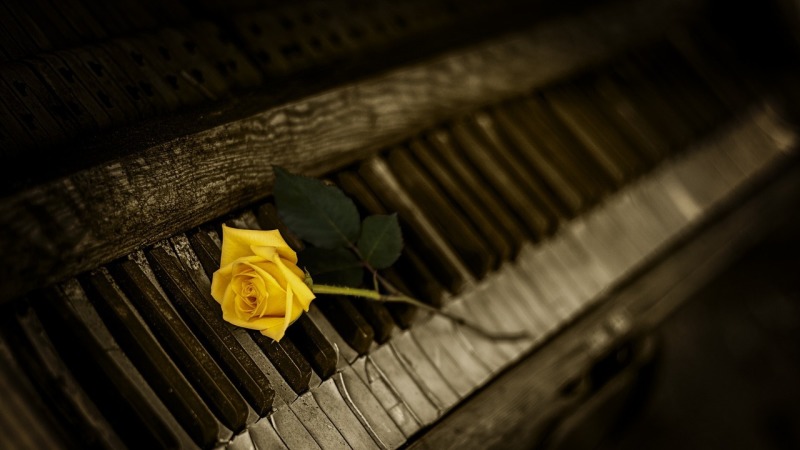
St. Barnabas Church decided to put in the 1865 Father Willis Organ in response to the commemoration of the succession and coronation of His Majesty King Charles III. The church will reportedly raise more than $130,000 to pay for the installation of the instrument.
Father Willis Organ
The 1865 Father Willis Organ was first constructed in 1865. The Willis business further developed its design throughout the 20th century, and Father Willis himself performed in its inaugural performance. A report from Lancaster Guardian stated that in 1957, an electro-pneumatic drive with a removable console became available, and Harold Darke performed the first recital using this action. Before it was closed, the organ was used to accompany choirs and perform organ performances in the United Reformed Church in Weybridge. Minister Michael Hodgson and the members of his congregation were adamant that the organ be moved to a new location and preserved. In February of 2023, the organ was taken apart and relocated to St. Barnabas; it is scheduled to be reassembled in the church in 2024.
As mentioned, the St. Barnabas Church on Regent Road has begun an initiative called the Coronation Organ Project to mark the Accession and Coronation of His Majesty King Charles III. The project aims to earn over $130,000 so the church can acquire a beautiful 1865 Father Willis organ. Private donations and funding from organizations such as the Pilling Trust and the Duchy of Lancaster Benevolent Fund have helped bring in a total of £90,000 for the church's cause thus far. However, they will not be able to finish the project until they raise at least another $25,000.
According to St Barnabas Morecambe, Henry Willis, who lived from 1821 to 1901, was widely regarded as the most accomplished organ maker of the Victorian era. Since he is generally acknowledged as the founder of the British organ manufacturing industry, he is affectionately called "Father" Willis. He built the most prominent organ displayed at the Great Exhibition in 1851, featuring 70 speaking stops. It was relocated to Winchester Cathedral at a later date.
He was responsible for constructing almost one thousand different instruments during his career. These creations include the organs at the Royal Albert Hall, St. Paul's Cathedral, and many other British cathedrals, parishes, and music halls. Henry Wiilis & Sons, the business he established in 1845 and continued in his family until 1997, was named after him. Willis' organs are well-known for the quality of their craftsmanship as well as their distinctive tone.
St Barnabas Church's Design
Based on an article from Kiddle, Architects Austin and Paley of Lancaster are responsible for the design of the St Barnabas Church, which was constructed in part between 1898 and 1900. At that time, the construction of five columns of the nave and the north aisle cost around $5,300, comparable to approximately $415,000 in 2021. In addition, the water fountain was put in place in 1904, and in 1913, the south aisle and a music room were constructed.
In 1961, a parish hall was constructed in the area that is now known as the west end. Accordingly, St. Barnabas follows the Roman Catholic heritage of the Church of England in its services of worship. Fr. Michael Childs, who was appointed and consecrated as the Vicar of the parish in September 2018, is currently serving as the parish priest.
Related Article: Episcopal Churches in US Gather for Festive Watch Parties to Celebrate King Charles III's Coronation


















